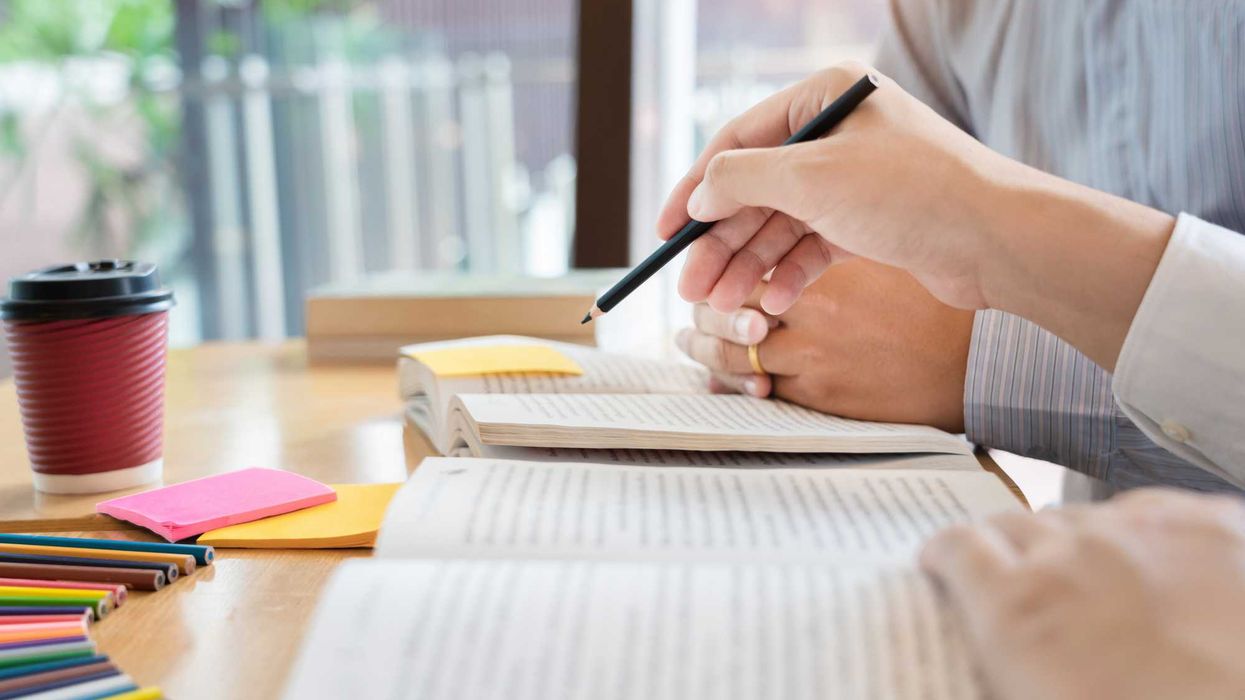A 17-year-old Wisconsin teenager wanted to kill the president, overthrow the United States government, and kickstart a revolution – so he shot dead his mother and stepfather. This weekend, the FBI revealed that Nikita Casap lived for weeks with their decomposing bodies and stole $14,000 to “obtain the financial means” to assassinate President Trump, the first domino in his far-right extremist plan.
This is not the first time we’ve seen a young man use violence for political ends. Luigi Mangione murdered Brian Thompson, UnitedHealthcare CEO, citing criticisms of the U.S. healthcare system as justification for the murder. Dylann Roof hoped to incite a race war when he walked into a Black church and gunned down nine people. Kyle Rittenhouse traveled to a Black Lives Matter protest with an AR-15-style weapon and fatally shot two people.
Support for political violence among young Americans is disturbingly high. We must take these attitudes seriously and confront them, lest we see more Mangiones, Roofs, Rittenhouses, and now Casaps normalize violence (or the threat of it) as a means to achieve political goals.
Following the first assassination attempt against Trump, about 12% of young Republicans support violence against partisan leaders engaging in financial crimes or corruption. While the perpetrator in Wisconsin identified with a far-right terrorist organization, young people on the left also harbor high levels of support for political violence. In a recent survey (post-Mangione shooting), 38% of Democrats aged 18-34 support the use of violence if a CEO has pursued harmful or exploitative policies. Among the general population, support for killing or harming officials hovers around 6-7%, with Independents slightly more supportive than Democrats or Republicans. Casap’s case illustrates how political violence can twist expectations and transcend partisan lines – he plotted to kill Trump but identified with a far-right terrorist organization.
Historically, political violence follows a pattern: people on the left tend towards property violence while individuals on the right are more likely to attack people. But among young people, these lines are beginning to blur. That could spiral America into tit-for-tat, eye-for-an-eye, retaliatory violence between young people across the ideological divide.
Not only does Gen Z tend to support political violence at higher rates than other age groups, they value democracy less. While 90% of Millennials, Gen X, and Boomers rate living in a democracy as important, only 62% of Gen Z say the same. Similarly concerning, first-time gun owners in the U.S. are increasingly younger. A generation growing in political power that views violence as a viable tool for policy change and democracy as optional erodes the legitimacy of our democratic institutions.
This generation is not a monolith, of course. About a third are largely disengaged, according to a recent Tufts study. Surprisingly, those who care most about democracy are also, unfortunately, pretty apathetic. What is really concerning is that it’s the most politically engaged and activist – just over 10% – who are also the most likely to justify violence to achieve their policy goals. As a fellow Gen-Zer, I urge us to change course.
I long assumed that nonviolent movements were so successful in part because violent factions made them a palatable alternative – think MLK Jr. and Malcolm X. However, research found that organized armed violent flanks actually increase the chances that nonviolent movements fail, decrease the chance of democratization following the movement, and increase polarization. Political violence is not only wrong, it doesn’t work. While we face significant trials in this country today, there remain nonviolent means to make our voices heard. We must push back against the normalization of political violence in this country and not respond in kind.
This we should be able to agree on – there is nothing political about condemning violence, lest we sanction a society dominated by the weaponization of fear. We must confront online radicalization, the martyrdom of perpetrators, and the dehumanization of victims across the ideological spectrum. Reinforcing and rebuilding a shared norm condemning political violence will not be accomplished lightly nor quickly. But to prevent the disillusionment of our youth from fomenting a violent, polarized, civically disengaged generation, we must act. What would have happened if Casap had succeeded in murdering Trump to start his civil war? To avoid finding out, we need to recognize the dangerous attitudes growing among young people and find the bravery and leadership to start speaking up.
Dalya Berkowitz is a Research Analyst in the Democracy, Conflict, and Governance Program at Carnegie Endowment for International Peace, focusing on targeted and political violence in the U.S. She has an MA in Security Studies from Georgetown University.



















